The UK-based ARM Holdings, which produces chips for about 95 percent of the tablet market, would seem to be nervously biting its corporate fingernails on chatter that Apple’s supreme dominance of the sector could leave component manufacturers for competing devices high-and-dry. Instead, the company’s stock is up on analyst comments dismissing the concern.
Recently, JPMorgan Research warned investors rival tablet makers could see almost 50 percent of their devices unsold amid Apple’s dominant market position. Such talk naturally spurred worries in the component manufacturing arena potentially producing parts for devices that won’t sell. Pshaw, replied an RBS analyst Friday.
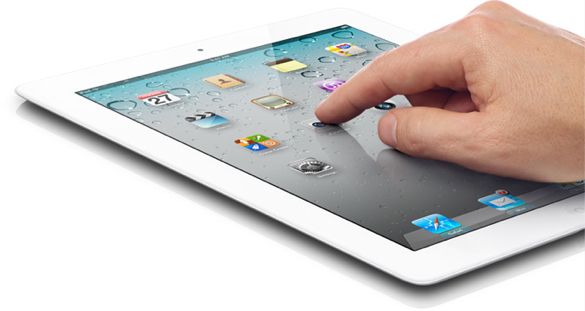

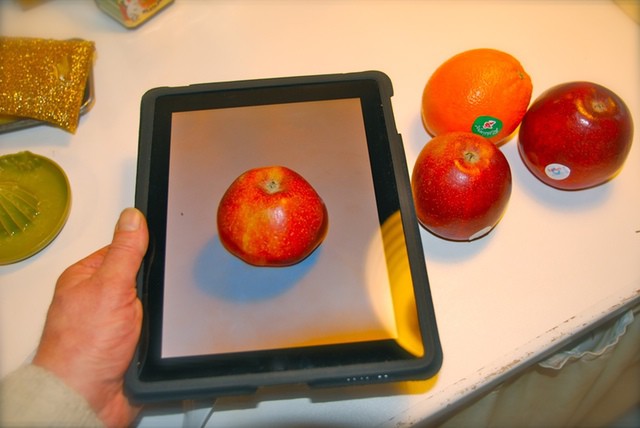
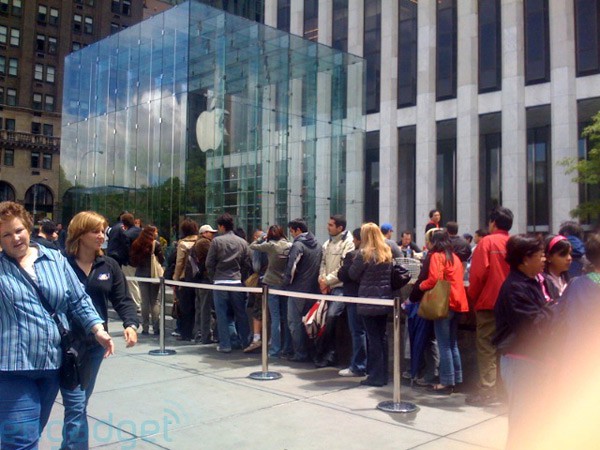
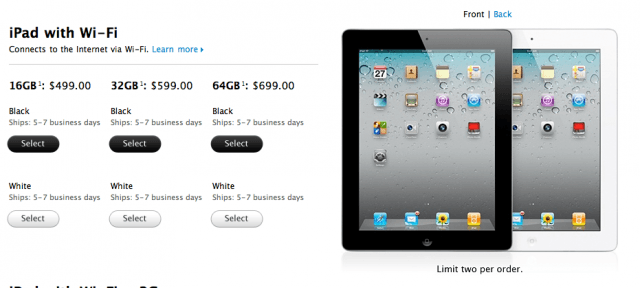

![Applejack Helps Out With Computer Emergencies [50 Mac Essentials #32] 20110307-applejack.jpg](https://www.cultofmac.com/wp-content/uploads/2011/03/20110307-applejack.jpg)
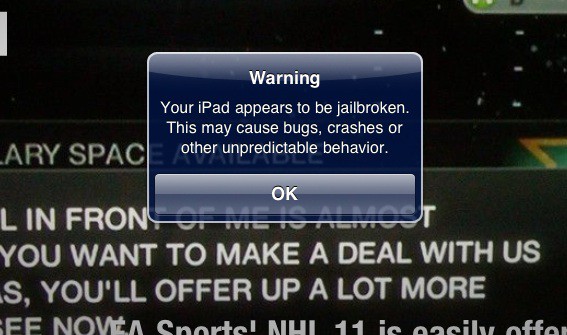


![Use iMovie on 1st-Gen iPad Without Jailbreak [How-To] Mobile editing is much easier when you have a plan.](https://www.cultofmac.com/wp-content/uploads/2011/03/Screen-Shot-2011-03-11-at-10.56.29.png)
![Why I’m Not Waiting In Line For The iPad 2 [Opinion] ipad_lines_applestore](https://www.cultofmac.com/wp-content/uploads/2011/03/ipad_lines_applestore.jpg)
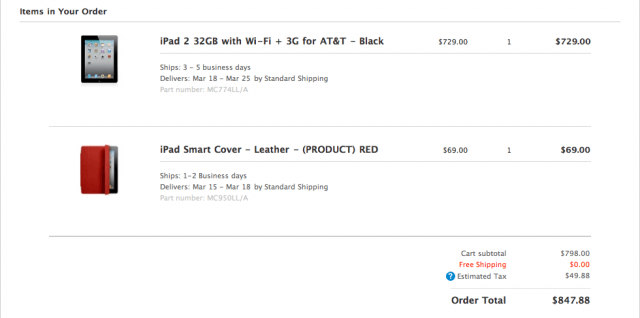
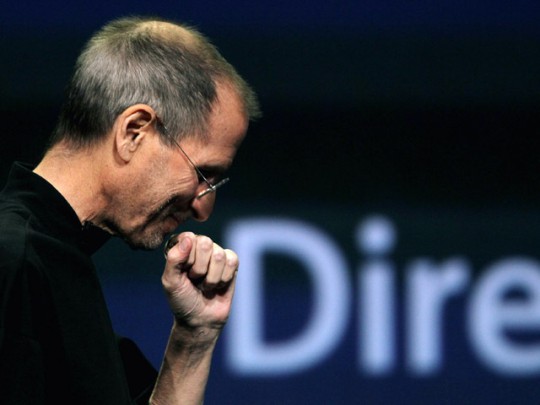

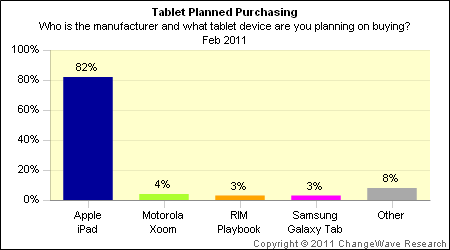
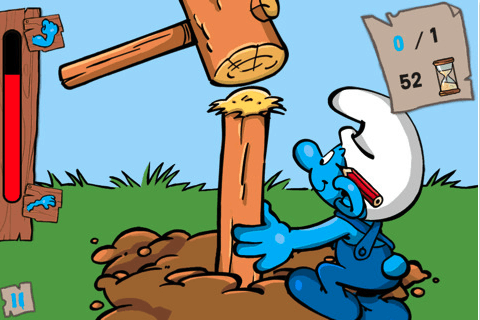





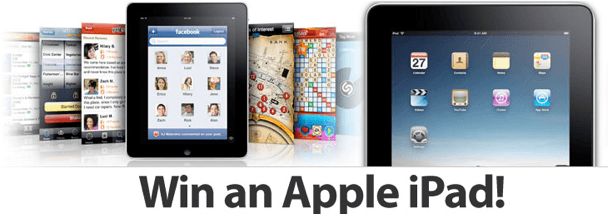



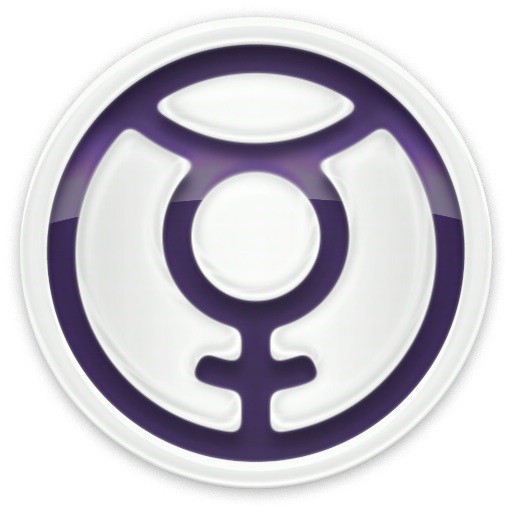

![Give Your Original iPad a Makeover [Four Stand-Out Case Reviews] P1110148](https://www.cultofmac.com/wp-content/uploads/2011/03/P11101481.jpg)